What are the Most Destructive Trees in Australia?
Content provided by ACE Pipe Relining Sydney
In essence, Trees are appreciated components of the beauty of gardening and landscaping. They provide shade, elegance, food, and shelter in yards and gardens. In hotter spring and summer days also, trees are thirsty, and they will be looking for water. A sprawling root system may sometimes pose a threat to sidewalks, entries, buried utilities, and water pipes.
Fundamentally, Most sound pipes can withstand contact with tree roots. However, the particularly strong, aggressive root system may penetrate and damage water pipes in yards and gardens. We can go on for days writing about the problems and damage from tree roots in Australian homes. On the other hand, we do not like to worry much about the tree roots damage; we tend to act fast, prevent the problem and save money. How about you?
If you agree, are a victim of tree roots, or you want to renovate your backyard and bring value to your propriety, keep reading. In our guide about trees that often causes severe damages in sewer pipes lines, you will find out which Australian tree species have the most invasive roots and what to immediately do.
Signs of roots in pipes
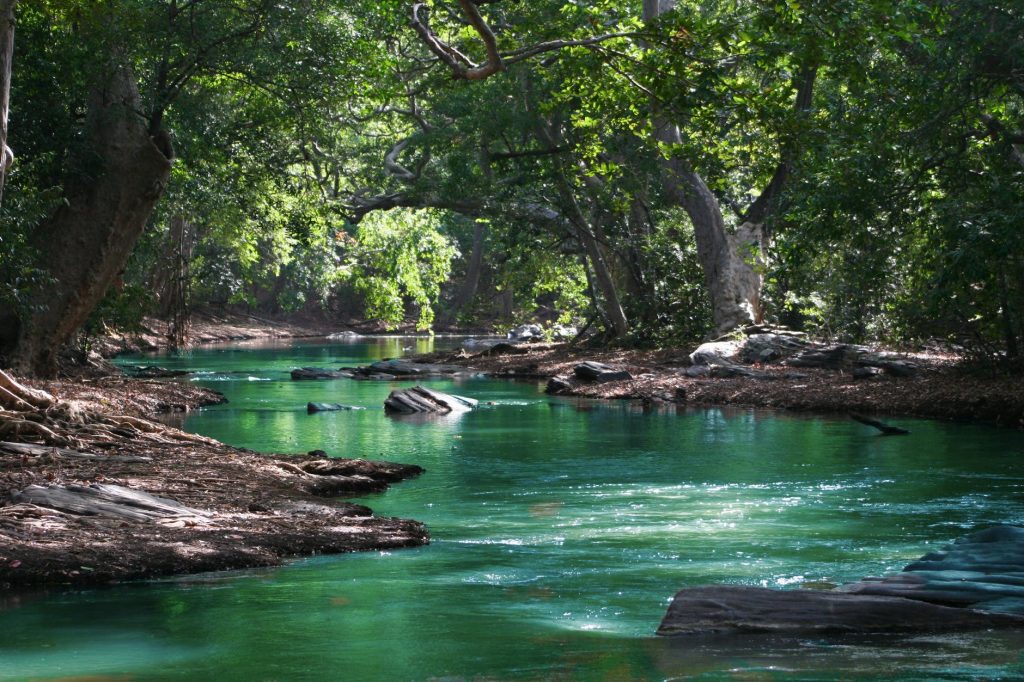
15 trees that any Australian homeowner should avoid planting around home
Camphor trees

Camphor trees are generally robust evergreen trees. Mainly they are planted along principal streets and roads. Camphor trees provide great shade and can grow up to 50 feet tall. Their aggressive, surface roots and stunning trunks tend to lift sidewalks, infiltrate water pipes in backyards, and consume walkways.
Fig trees

Native to the Middle East and northwestern Asia, Fig trees are among the oldest fruit trees known to humankind. They are relatively fast-growing and can grow to 20 or 30 feet tall. With their large leaves, Fig trees provide a well-appreciated shade, but their roots are very invasive and can cause serious damages. Most Fig trees in optimal conditions spread their roots far, and wide, and sometimes the roots can choke out plants.
Cottonwood trees
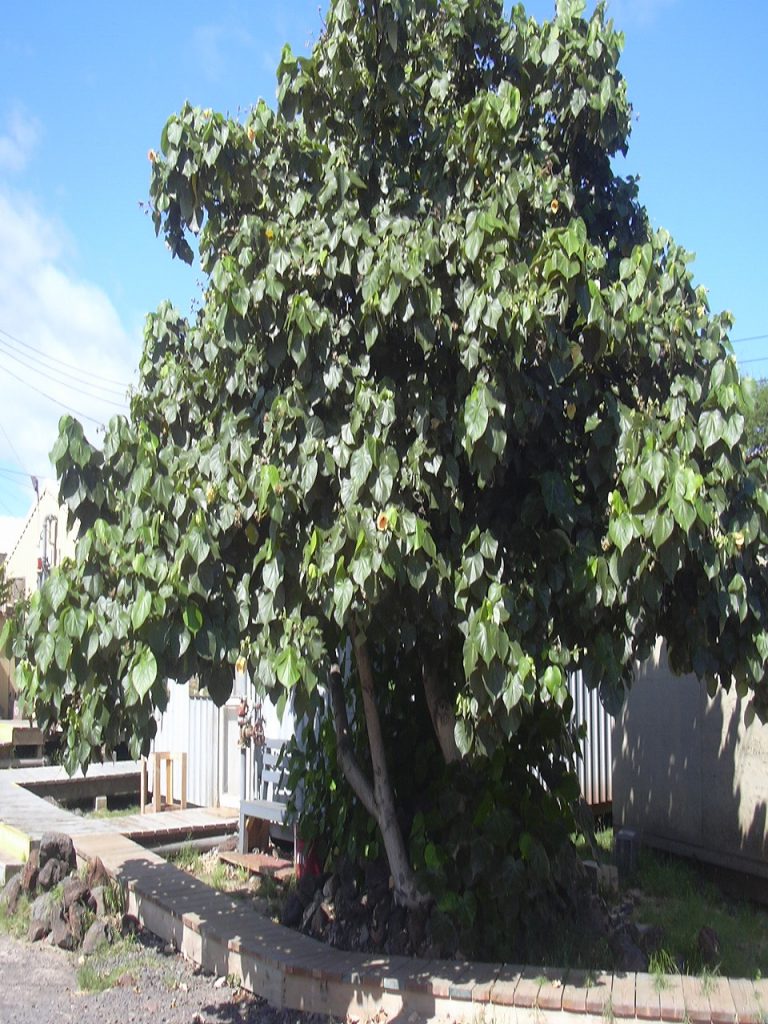
You can recognize Cottonwood trees at a distance. They are massive shade trees with broad, white trunks. Their preferred habitat is in the woods with moist bottomland areas, lakes, and streams. One of the most known Cottonwoods tree features is the white, fluffy cotton-like stand that appears in summer. Cottonwood trees are not ideal for landscaping an average medium or small-sized backyard. Their roots grow as fast as their branches and are a major issue for plumbers. Even more, Cottonwood trees are susceptible to diseases and bugs.
Willow trees

There are many types of Willow trees, they have all in common the love for moist soil and an invasive root system. Most types of Willow trees are invasive and will grow their root system all over your garden. They can easily become a homeowner& and plumbers’ nightmare.
Australian White Cedars
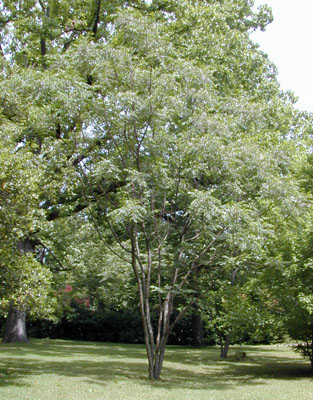
Australian White Cedar is a rarity among Australian native trees. It is often planted in parks and public gardens as a shade tree. Australian White Cedar can reach 40 in high and 26 feet in width and live for 20 years on average. This tree is a beautiful plant addition for parks, where we can admire the starry lilac and white flowers. On the contrary, it is a bad idea for your yard or garden. White Cedar seeds are toxic for animals and humans, in addition, problems may occur with White Cedar roots, which supply the tree with food and water.
Coral trees

Exotic plant-like Coral trees land unique interest to every homeowner garden or backyard. Plants cover wide areas of parks and gardens. The crucial problem with Coral trees is shallow roots. The roots exploring only two upper feet of the soil and they may range from 19 to 40 feet diameter.
Casuarina trees

Similar to European oak is the Australian Casuarina tree. We can admire Casuarina trees in many Australian forests, mainly on coastal and riverside landscapes. Casuarina tree comes in a variety of types and sizes, and can tolerate wet conditions, dry climates, swamp areas and coastal regions. On the other hand, planted in backyards, Casuarinas can cause water restrains and pipes damages.
Gums trees

Commonly named Gum trees, Eucalyptus trees are quite common trees in Australia. They are fast-growing, and evergreen trees, but they are also large and tall plants. Their leaves are the principal food for koala bear, they also contain an antiseptic, antibacterial, anti-inflammatory oil. Despite all the good things that Gum trees bring, there are some negative consequences in keeping them on your propriety. Eucalyptus are drought tolerant, but they can react to insufficient water by fast root spreading and dropping branches.
Pepper trees
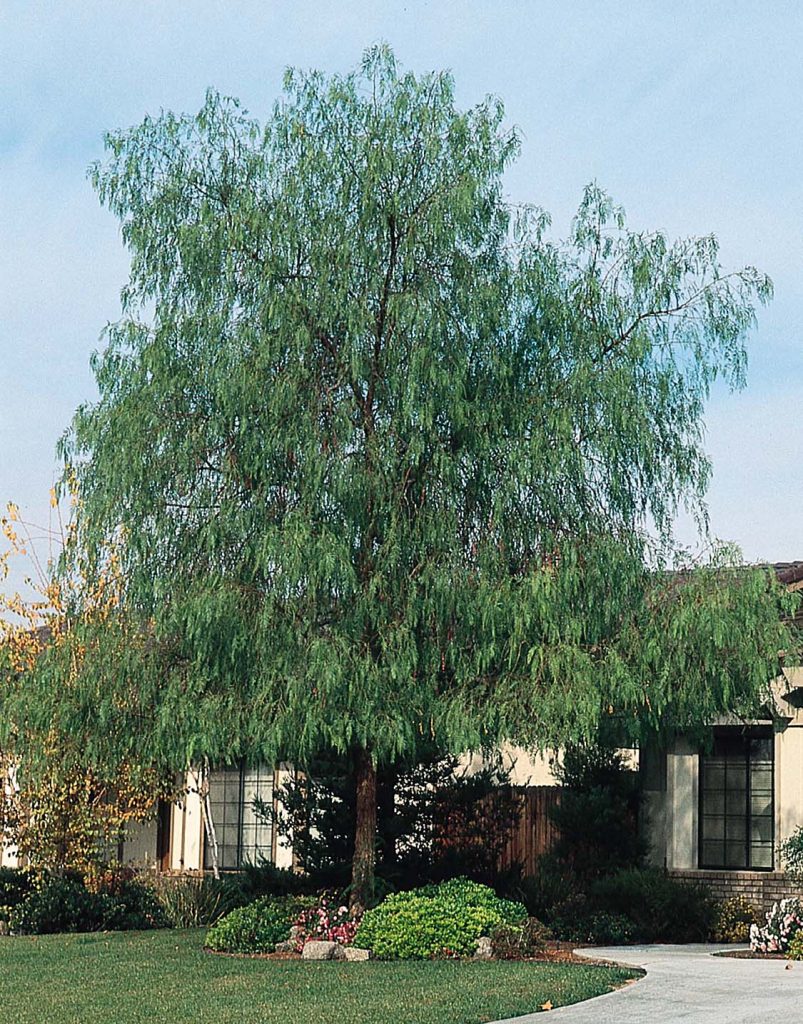
Pepper tree is one of the people’s favourite evergreen trees. Its wide and canopy and dropping branches give Pepper tree an appearance that closely resembles a Willow tree. In addition, Pepper trees provide deep shade, delicate leaves, and amazing flowers and berries. Both species of Pepper tree are invasive, they crowd out native plants and destroy habitats. They have toxic proprieties too. These trees can easily become a nightmare. With their debris Peppers can block water pipes, and with surface roots, that go everywhere, damage pipelines.
Jacaranda trees
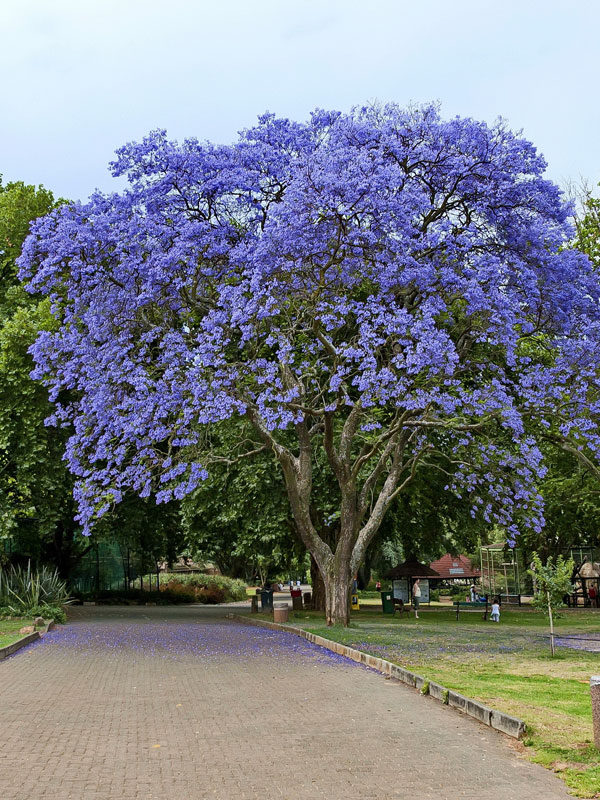
Jacaranda trees transform every garden in a magic land. With their lavender flowers, Jacarandas made a fantastic street tree. Their leaves can bring excellent shade. They have been steadily growing in Australia for over 150 years, but homeowners must be careful about where to plant their Jacarandas. Adults tree can grow at least 32 feet high and need a lot of space. They have a vigorous root system and often cause drains, pipes, and paths damages. In addition, their falling leaves can rapidly clog up water filters on yards or in swimming pools, causing plumbers distinct problems.
Magnolia trees
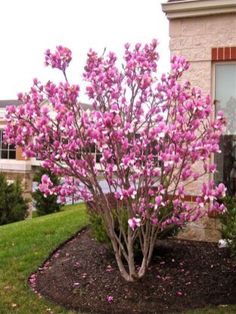
With its glossy foliage and sweetly fragrant blooms, the Magnolia tree will add a touch of elegance to any yard or garden. Magnolia trees have amazing white flowers, but they do not bloom at the same time. Some trees bloom in early spring, and some bloom in summer. In the fall period, Magnolia trees reveal orange or red berries, which are relished by birds. One of the difficulties for homeowners is managing the crispy, large leaves that constantly fall from the trees. Magnolia leaves can easily break and clog up yard pipes. Another difficulty is represented by the Magnolia root system. Roots do not head straight down, they grow large, and are flexible, rope-like roots.
Elm trees
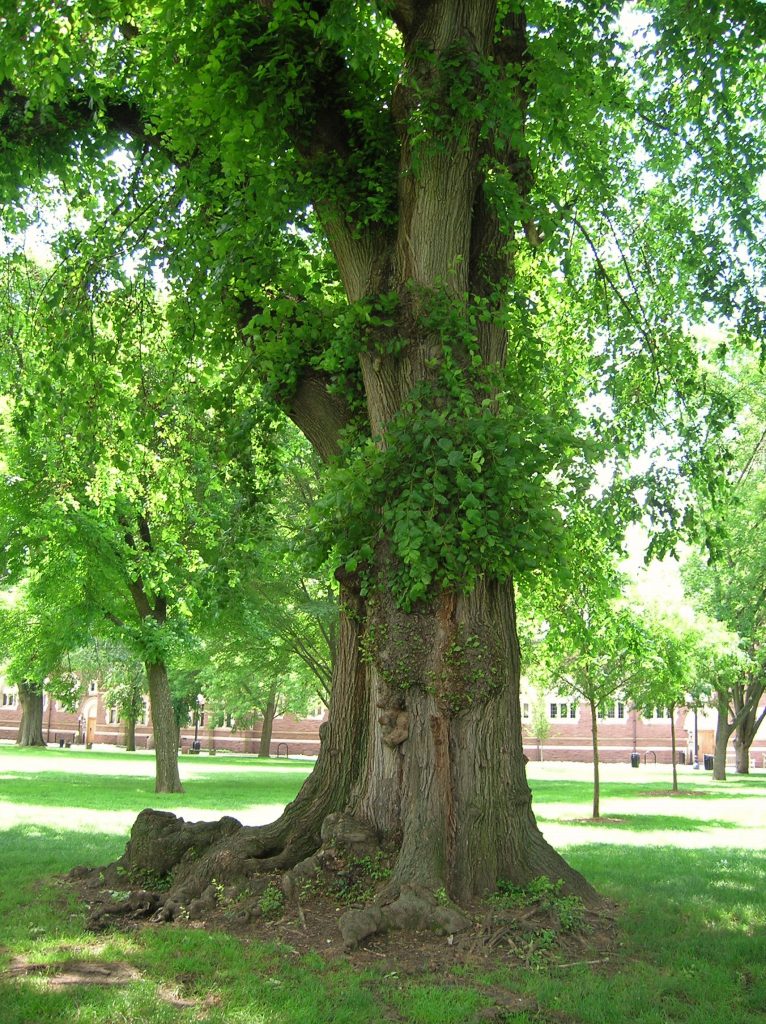
Elms are majestic trees that can come back to yards. In the past, Elm trees provided homeowners with cooling shade and unrivalled beauty. Today we know new, disease-resisting Elm trees that are used in residential landscaping and parks. The natural elegance of Elm trees and their quality shade make many homeowners forget about their shallow roots. Elm trees are also high in demand for water. Their shallow root system will grow rapidly and will constantly seek for water and vapour in the ground.
Tristania trees
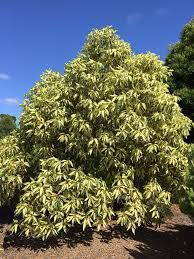
Symmetrically rounded heads are typical for Tristania trees. Australian evergreens make fabulous lawn and street trees. Tristania trees occur naturally on moist, well-drained sites along the east coast. Tristania’s are also known as Water Gum trees. Relatively small, Tristanias have profuse yellow flowers in summer periods. They are commonly used in yards alternatively to Magnolias trees. These highly ornamental trees are known for their non-aggressive roots. All the damage can be provided by their leaves. Their leaves can easily clog up yard pipes, like Magnolia trees.
Oleander trees
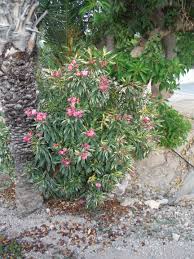
Oleander trees are among the most used trees in southern and coastal gardens. They are left to grow large with a trimmed-up basis. Oleander trees do not take a lot of care, but, on the other hand, they are toxic. Oleanders are poisonous for children and pets. In addition, the contact with the foliage and flowers can cause to plumbers and homeowners skin irritations and allergic reactions as well. Oleander trees bloom most of the year and they are evergreen. In dry summer Oleanders often pose a hazard to water pipes, the lies below the backyard surface. Oleander trees have a particularly aggressive root system, similar to larger trees, for this reason, they are known as the worst trees to be planted near backyard pools.
Bamboo palms
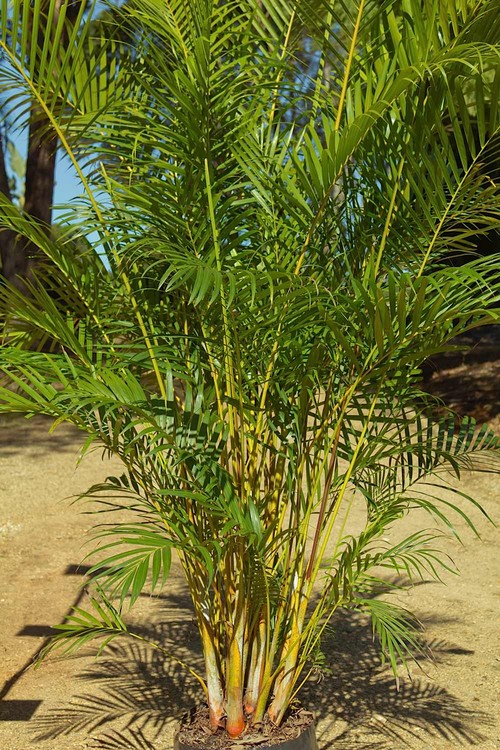
This decorative palm is rightfully extremely popular as outside plants. Bamboo palms love shades, lots of water, and high temperatures. They are known as air-purifying trees with deep green foliage. Homeowners use Bamboo palms for their versatility and their ability to bring a tropical flair to any backyard. Trees form tall, slender trunks that resemble Bamboo. Bamboo palms form colonies and prefer constantly moist soils. All the plumbing difficulties are connected to colony growing of Bamboo palms, thick colonies can damage plumbing sidewalks and patios.
Keep in mind: Listed tree species are beautiful and provide shade, but they are also the crucial reason for water pipe damages in many Australian yards. The next three things to immediately do
Prevention is the Best Cure When It Comes to Tree Roots
The best method to prevent tree roots from invading your water pipes is preventative care. The first step is wise landscaping and planting for the future. Read again our list of trees to avoid planting on your propriety. In general, plant trees at least 16 feet away from your propriety& water pipe system. Secondly, create a barrier between trees and pipes.
When there is root intrusion damage, there are several solutions to cleaning out the roots of pipes. Begin the work on your own only with low-to-moderate intrusions. There are two trenchless technologies. The first is trenchless pipelining, the second one is pipes bursting. The best decision of a wise homeowner is to reach out to a professional plumber who has professional appliances and will help reduce the damage or renovate your water pipe system.
Keep in mind: Listed trees are appreciated components of the beauty of the landscaping. On the other hand, they represent a constant threat to water pipes and plumbing systems.
The best way is to prevent plumbing damages with wise landscaping and barriers. For professional work and better security is wiser to ask help to a plumber company.
If you are a resident Sydney contact ACE Pipe Relining Sydney. To remedy anything in relation blocked drains or tree roots in pipes. Call 1300 661 612 now. Check out their reviews here for peace of mind.

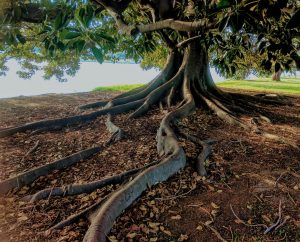

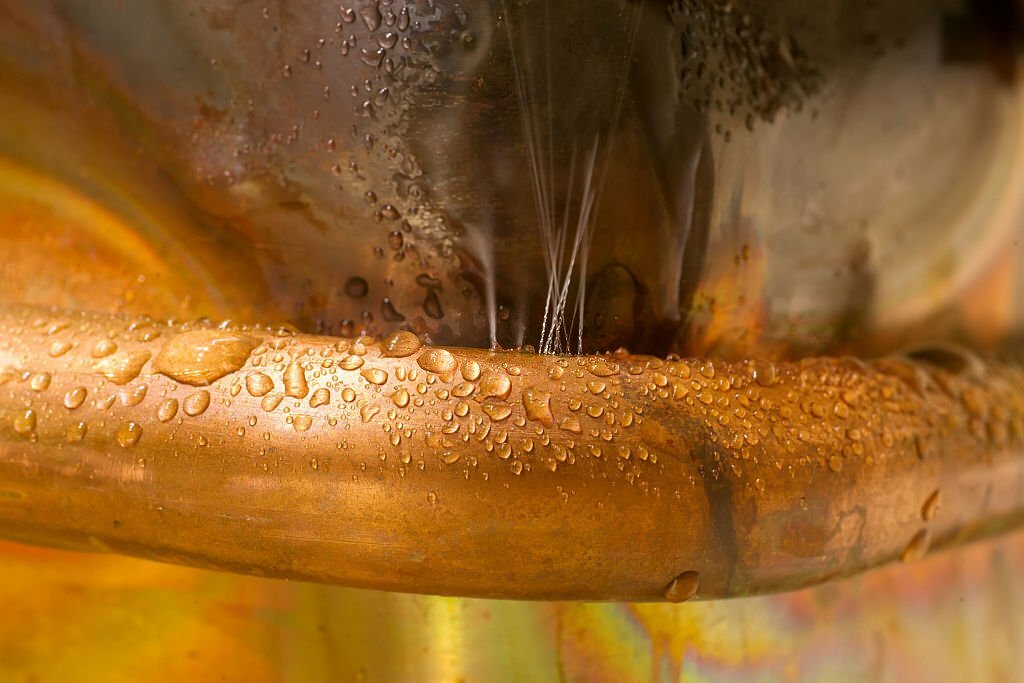
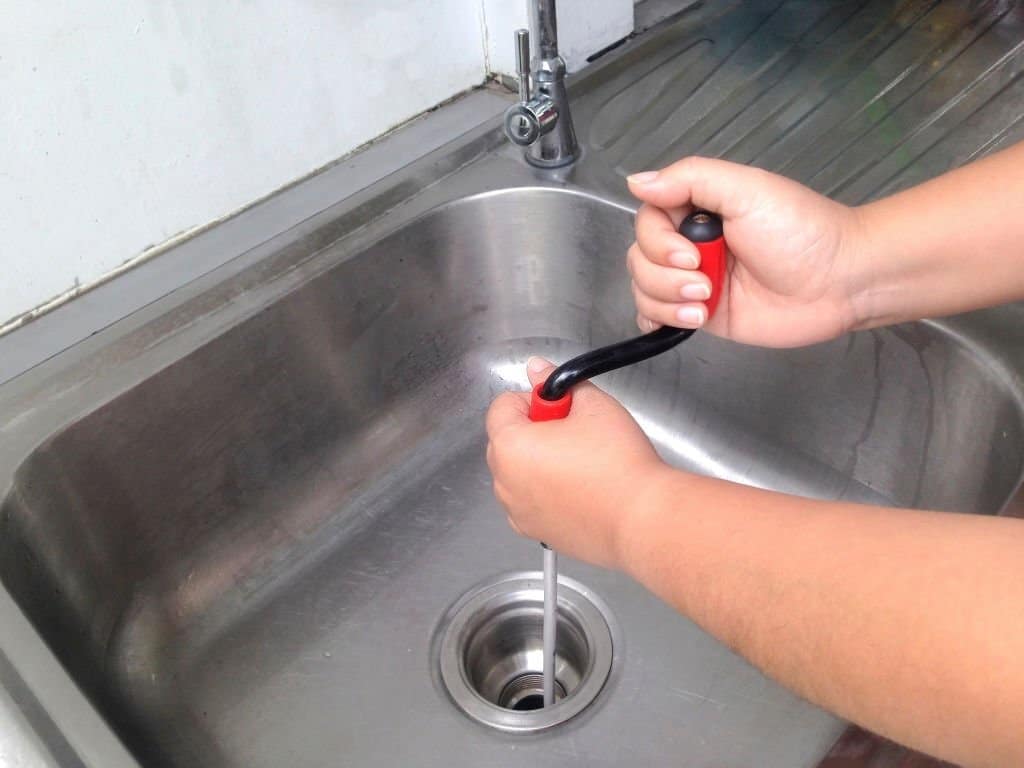
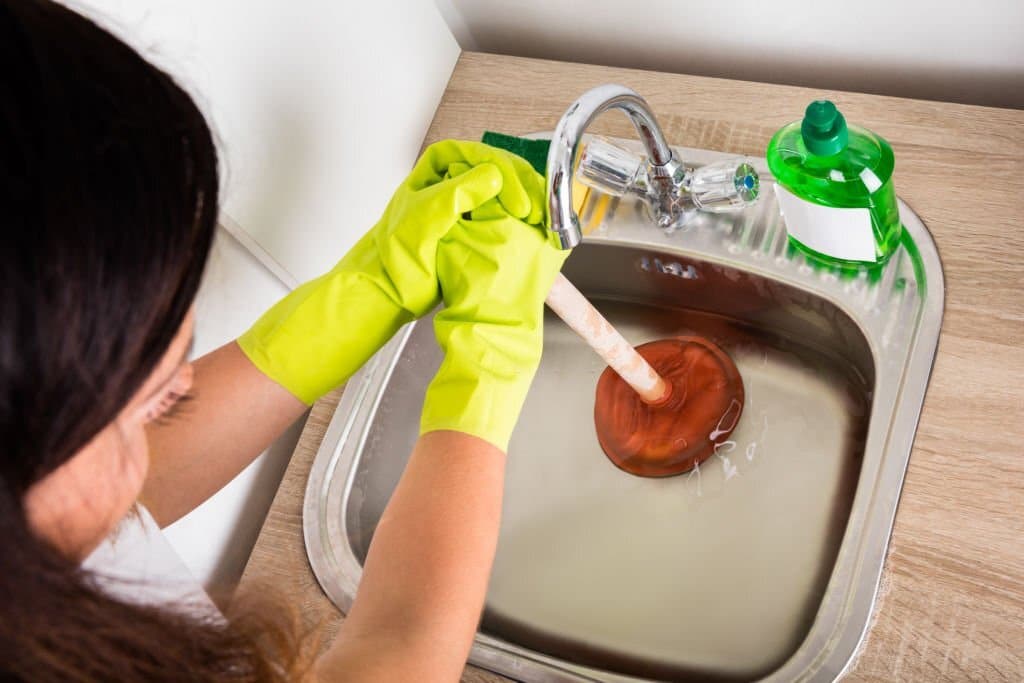
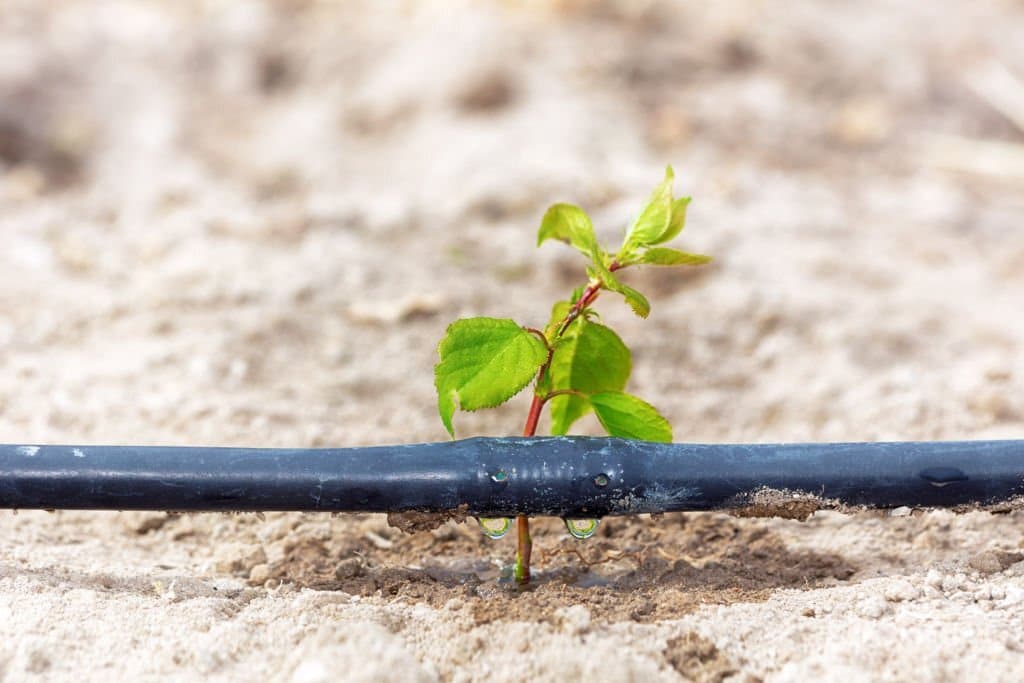
This Post Has One Comment
Excellent information best have seen on the internet
Comments are closed.